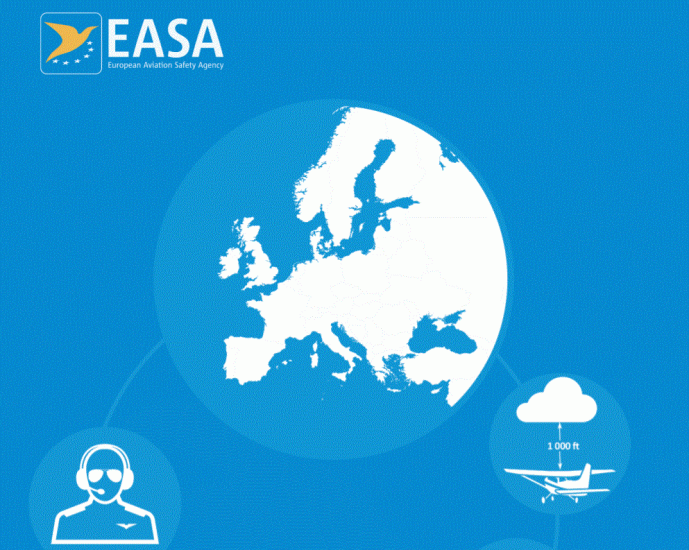The European Aviation Safety Agency (EASA) has launched project SHEPHERD to identify and develop standards for unmanned aerial systems (UAS) and update the rolling development plan for UASs (U-RDP).
Research objectives
The European Commission, with the support of EASA, is developing the EU regulatory framework for UAS operations. Regulations (EU) 2019/945 and 2019/947 (hereinafter referred to as the ‘UAS Regulations’) lay down the requirements for UAS operations in the ‘open’ and ‘specific’ categories. Regulation (EU) 2021/664 (hereinafter referred to as the ‘U-space Regulation’) lays down the requirements for the U-space. The UAS Regulations became applicable on 31 December 2020 while the U-space Regulation will become applicable on 26 January 2023.
The above-mentioned Regulations have been developed using a performance-based and technology-agnostic approach. When demonstrating compliance to the competent authority, applicants may propose those means of compliance that best fit their needs and may use for this purpose available industry standards. In particular, Article 11 of Regulation (EU) 2019/947 requires UAS operators to conduct a risk assessment, and the related acceptable means of compliance (AMC) describe the recommended methodology called ‘specific operation risk assessment’ (SORA).
The European UAS Standards Coordination Group (EUSCG), led by EASA, developed the Rolling Development Plan for UASs (U-RDP), listing more than 800 standards, developed by standardisation bodies from different parts of the world.
In 2019, the Innovation and Networks Executive Agency (INEA) funded the AW-Drones project with the aim to contribute to the safe use of UASs by supporting the ongoing EU regulatory process for the identification of technical standards and procedures. In particular, the AW-Drones project assessed the standards listed in the U-RDP with regard to maturity, coverage, cost of compliance, environmental impact, impact on EU industry competitiveness and social acceptance. The assessment, however, did not include the evaluation of the technical content to determine whether the standards are adequate to meet the safety objective of the provisions of the related regulations.
This research project shall now complement the analysis with the technical assessment of the standards. The assessment may highlight one of the following cases:
- The standard is technically adequate to fully demonstrate compliance with the objective of the requirement. Additionally, it does not contain elements that do not pertain to the objective of the requirement.
- The standard is adequate to fully demonstrate compliance with the objective of the requirement. Additionally, it contains elements that do not pertain to the objective of the requirement. In this case, such elements should be identified by the analysis.
- The standard is adequate to partially demonstrate compliance with the objective of the requirement. In this case, the missing elements and/or the elements that are not relevant to demonstrate compliance should be clearly identified together with the rationale.
- The standard is not adequate to demonstrate compliance with the objective of the requirement. In this case, the rationale for this assessment should be provided.
Based on the above recommendation, EASA may issue in 2023 and 2024 notices of proposed amendments (NPAs) to amend the AMC/MoC and GM to the UAS, the SC Light UAS, and the U-space Regulations.
Based on the outcome of the analysis, and in case of not fully compliant standards, EASA may propose to the standardisation bodies issuing the standard(s) to complement it (them).
Based on the outcome of the analysis, EASA may propose to the EUSCG to publish an updated version of the U-RDP.
Moreover, EASA expects that the contractor assess new standards, that may be potentially be identified by EUSCG, in addition to those currently listed in the U-RDP, to demonstrate compliance with Chapters 2, 3, and 4, and with Annex 3 to the U-space Regulation, and provide a recommendation to EASA on their acceptability as means of compliance.
Research output
The expected output is the identification of standard(s) recommended to be considered acceptable for each regulatory provision.
The contractor will deliver a justification for all standards assessed, explaining the reasons why they were (or were not) recommended to EASA. When a standard does not cover or partially covers the objective of the requirements, a comprehensive description of the missing elements shall be provided.
The contractor will provide a draft update the U-RDP with the results of the assessment.
Contracting authority: EASA
Project leader: Deep Blue
For more information visit:




